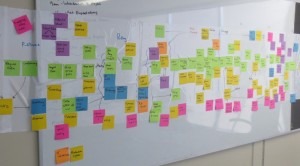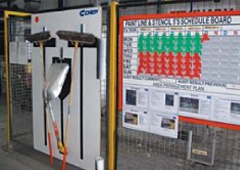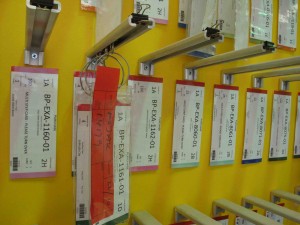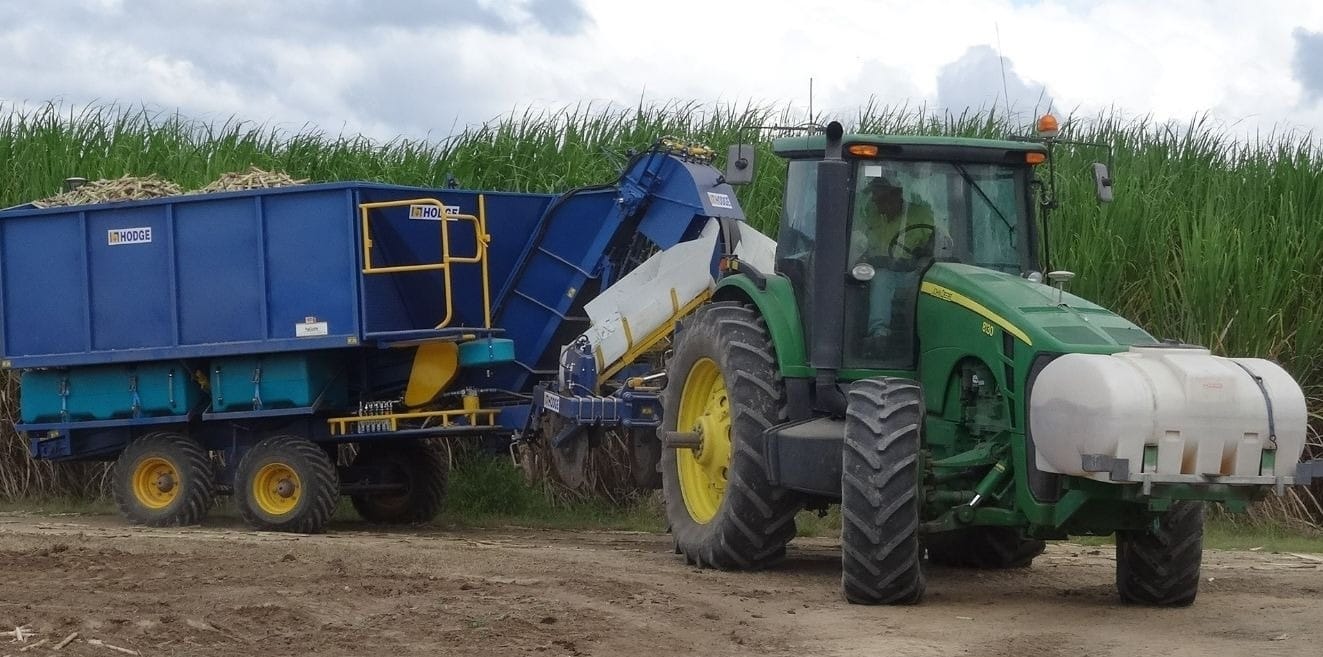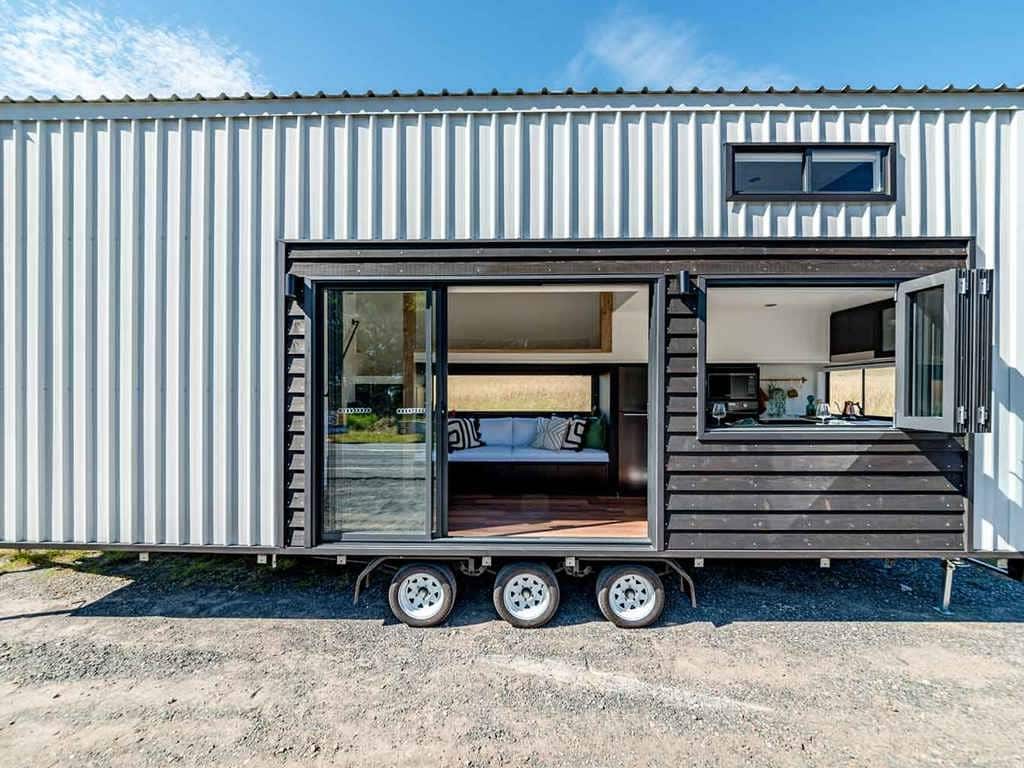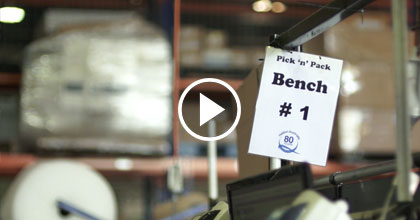Avoiding a “Bad” Improvement Project
We’ve all seen those improvement projects that look out of place and not aligned with the company direction.
While it might not be immediately obvious why they lack appeal, on closer inspection it becomes apparent that the project appears like a random set of events that’s been dropped into one work area and then expanded to the rest of factory. Adding a bad project can decrease the overall improvements within the business.
So, how do you ensure your improvement project doesn’t look like something that’s been tacked on? Let’s look at starting with a clear roadmap, getting the basics in place, then keep moving with more advanced lean tools.
Starting with a Clear Roadmap
Developing a clear road map will help to avoid a bad project by providing direction and showing how the targeted improvements fit into an overall company plan. You can then use the road map to provide a consistent message to your leadership team, as well as across the entire company. A top-level Value Stream Mapping is an effective tool to establish a road map. This can be used to highlight where lean principles like Practical 5S will be rolled out. The visual management system can be included in the VSM to show how it will tie communications together across all levels of the organisation.
Basics in Place with Practical 5S and Visual Management
It’s essential to then get the basics of 5S and visual management in place. If you have already put in the hard work to have these in place, that’s great. But, if it’s pretty clear that 5S and visual management are not the norms within your business, it is important to give your teams some time to get started with implementing them. This includes time to Sort and Set in Order, plus the resources to make work place modifications, as identified by each team.
Implementing visual management will also take time. The first steps may seem slow but having your support is vital to the success of the roll out.
After you’ve got the 5S and visual management working for you, it’s time to ensure there is consistency throughout the business. You might be starting a lean project across the entire business as well as adding 5S and visual management, or you might just be adding on to the existing 5S and visual management. Either way, consistency is the key to making sure the lean project doesn’t look like an after-thought.
How can you do this?
Here’s an example.
Imagine you have a warehouse business, but you need a bit more room, and you want to improve the productivity around order fulfilment. Adding a sleek, modern software solution onto it could look really out of place. However, you could add 5S and visual management that has a complementary with the existing business. You could then revamp the use of the warehouse functions. Doing it this way would ensure the company learns how to improve before making use of a new software solution and the daily routine is maintained and consistent for each area.
Keep Moving with Advanced Lean Tools
Once you have a reasonably robust lean business with a road map and the basics in place, you can then link the more advanced lean tools, like kanban and TPM projects, without needing to do a complete overhaul. A well planned lean project employs numerous elements to create stability throughout a business, and is supported with a process to highlight the problems and help the teams love them.
If you’re not confident you can achieve this, consider hiring an expert so that your improvement project becomes a cohesive way of life rather than a patchwork of different ideas.

